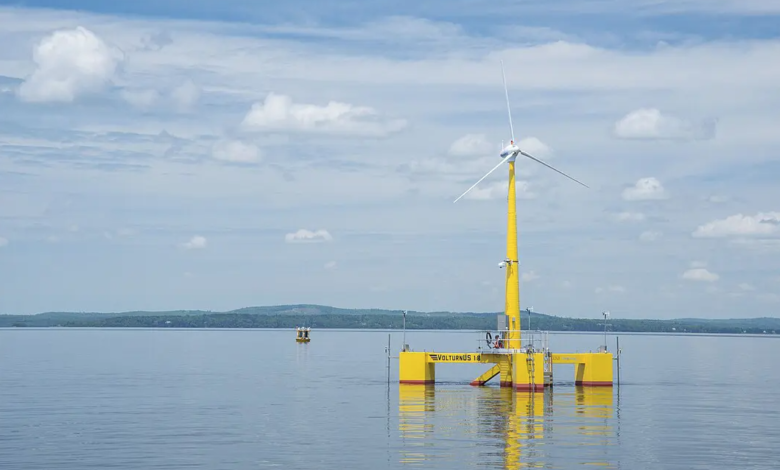Floating wind, in Europe active 176 MW but runs to 4 GW

European floating wind can aim at 10 GW installed by 2030
(sustainabilityenvironment.com) – In 2022 the floating wind has taken the run-up. In Europe and worldwide, the number of projects and tenders for new offshore installations has increased exponentially “without fixed foundations”, a symptom of a dynamic and confident market despite the difficulties. Rising costs and bottlenecks in the supply chain have not spared this segment either. And to ensure a bright future and in line with expectations, today it is necessary to untie some knots. First of all the infrastructure.
Floating wind farms, from Europe to the rest of the world
Overall, however, the picture looks promising. As WindEurope has explained in the course of the greatest event to the world on the floating wind energy – the FOWT 2023 – Europe currently has 4 small wind parks of the type “floating“, for a total of 176 MW of ability accumulated. But “can be confident to have 3-4 GW of floating wind in operation by 2030. And it is not unreasonable to think that if governments support their expansion goals with the right policies, by then it could have up to 10 GW”.
The United Kingdom is the country that has done the most, having already offered development rights to the marine space for over 15 GW. But in this direction is also moving France with tenders for 500 MW off Brittany and in the Mediterranean. Norway, Spain, Portugal and Italy are also ready to take advantage of the winds off their coasts.
Read also EU invests in cross-border offshore wind farm in Italy and Croatia
Looking at the rest of the world, it turns out that last year the global floating wind pipeline grew to about 48 GW. And that by the middle of the century the segment should install about 300 GW worldwide (DNV forecasts).
Floating wind, the challenges to overcome
Why so much attention to floating wind? Because according to the Global Wind Energy Council (GWEC) estimates, about 80% of the world’s offshore wind potential is in the deepest waters of 60 meters, where traditional fixed-foundation turbines cannot reach. But this is not a downhill road.
The market will have to put order between the many and different technical solutions experimented in these years, reducing the offer of the models of floating platforms in order to begin the production on large scale. In addition, it will most likely face a number of difficulties in the supply of materials. Steel in the first place. And since, to difference of the fixed aerogenerators on the backdrops, for those floating the operations of assemblage happen mostly on the firm earth, the harbour ports of call will have to equip itself for the increase of the field. “The development of production plants for large floating structures (for example a concrete or steel substructure of 3,000 tons and with sides of 80 meters) will require further investment. France and the UK are already planning public financial support for this goal,” windpower explains.
Not only that. Developers will also have to reckon with the costs of technology. According to DNV, the average levelled energy cost (LCOE) for floating wind energy had reached about 250 euros per MWh in 2020, compared to about 50 euros per MWh for fixed turbines. Since then it has marked some steps forward towards cost reduction, thanks also to the European CoreWind project that has studied some optimizations to reduce the LCOE below 60 euros per MWh.





